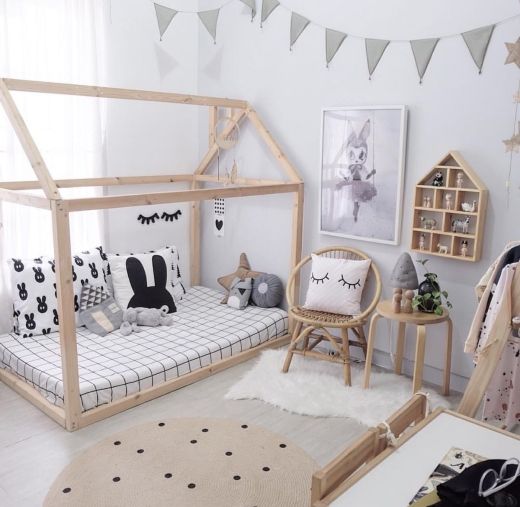Innovative Technologies in Acoustical Ceiling Systems
Acoustical ceiling systems have evolved significantly over the years, driven by a growing demand for effective sound management solutions in various environments. Innovative technologies continue to play a crucial role in enhancing the performance, aesthetics, and sustainability of acoustical ceiling systems. In this exploration, we’ll delve into some of the cutting-edge technologies shaping the field of acoustical ceilings.
1. Microperforation Technology:
Overview:
- Microperforation involves creating extremely small perforations in acoustical ceiling panels.
Benefits:
- Improved sound absorption without compromising the appearance of the ceiling.
- Enhanced high-frequency sound absorption.
Applications:
- Ideal for spaces where both acoustics and aesthetics are critical, such as offices, conference rooms, and auditoriums.
2. Biophilic Design Integration:
Overview:
- Biophilic design incorporates natural elements into the built environment.
Benefits:
- Enhances occupant well-being and connection to nature.
- Integrates materials that mimic natural textures and patterns for a calming effect.
Applications:
- Suitable for acoustical ceilings in various settings, including healthcare facilities, educational institutions, and commercial spaces.
3. Digital Fabric Printing:
Overview:
- Digital fabric printing allows for high-resolution images and patterns to be printed directly onto acoustical ceiling panels.
Benefits:
- Customization of ceiling designs with intricate patterns, textures, or branded visuals.
- Improved aesthetics and personalization.
Applications:
- Commonly used in retail spaces, entertainment venues, and offices where a unique and visually appealing ceiling is desired.
4. Integrated LED Lighting:
Overview:
- Acoustical ceiling panels with integrated LED lighting fixtures.
Benefits:
- Efficient use of space by combining acoustics and lighting in a single system.
- Flexibility in adjusting lighting levels to suit different activities.
Applications:
- Suitable for offices, conference rooms, and commercial spaces where both lighting and acoustics are essential.
5. Sustainable Materials and Manufacturing:
Overview:
- Utilization of eco-friendly materials and sustainable manufacturing processes.
Benefits:
- Reduced environmental impact.
- Compliance with green building certifications.
Applications:
- Applicable across various settings, especially in projects with a focus on sustainability and environmental responsibility.
6. Nanotechnology for Enhanced Sound Absorption:
Overview:
- Nanotechnology involves manipulating materials at the nanoscale level.
Benefits:
- Improved sound absorption properties through enhanced material composition.
- Effective in addressing specific frequency ranges.
Applications:
- Particularly beneficial in spaces where precise control over sound absorption is critical, such as recording studios and concert halls.
7. Smart Acoustic Solutions:
Overview:
- Integration of smart technologies to monitor and adjust acoustical conditions in real-time.
Benefits:
- Dynamic control of acoustics based on occupancy and activities.
- Optimization of sound levels for improved comfort and productivity.
Applications:
- Suited for flexible workspaces, educational environments, and areas with varying usage patterns.
8. 3D Acoustic Panels:
Overview:
- Three-dimensional acoustical panels that provide both sound absorption and aesthetic appeal.
Benefits:
- Creates visually striking ceiling designs.
- Offers unique geometric patterns for enhanced sound diffusion.
Applications:
- Ideal for spaces where a bold and artistic ceiling design is desired, including theaters, museums, and upscale residences.
9. Modular Acoustical Ceilings:
Overview:
- Modular systems that allow for easy installation and reconfiguration.
Benefits:
- Simplifies maintenance and replacement of individual components.
- Enables adaptability to changing space requirements.
Applications:
- Suited for dynamic work environments, educational institutions, and spaces undergoing frequent renovations.
10. Augmented Reality (AR) Visualization:
Overview:
- Use of AR technology to visualize and plan acoustical ceiling designs.
Benefits:
- Allows stakeholders to preview the final appearance of the ceiling.
- Streamlines the design and decision-making process.
Applications:
- Valuable in the planning stages of projects, enabling architects, designers, and clients to visualize the impact of different acoustical ceiling options.
As technology continues to advance, acoustical ceiling systems will likely see further innovations, offering even more sophisticated solutions for sound management, aesthetics, and sustainability. These technologies not only address practical concerns but also contribute to creating environments that are comfortable, visually appealing, and in harmony with the overall design intent.






